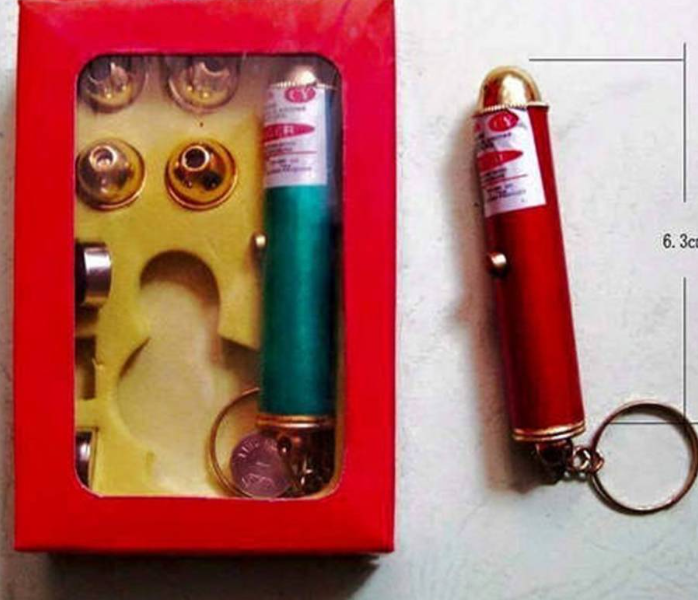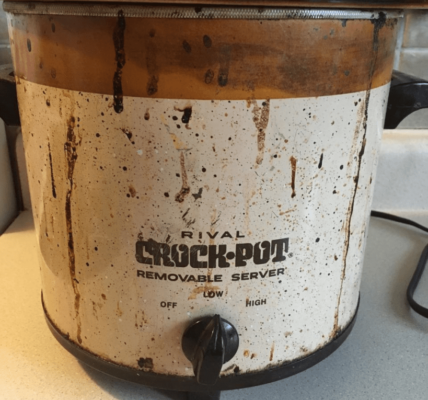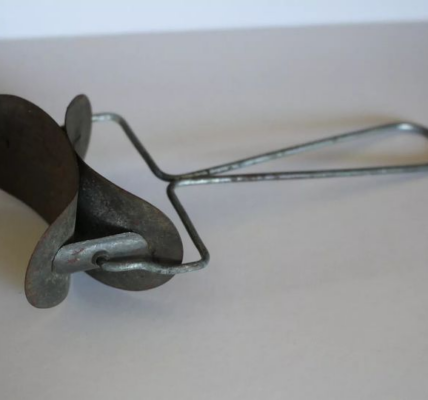Do you remember the excitement of playing with toy laser lights as a kid? These captivating devices aren’t just fun—they’re also a popular way for children to engage in interactive play. From laser spinning tops to lightsaber-inspired hand-held lasers, these toys have become a staple of childhood entertainment. But as fun as they are, understanding their safety features and potential risks is crucial.
In this article, we’ll explore how children’s toy laser lights work, the safety guidelines set by the U.S. Food and Drug Administration (FDA), and why responsible use is essential to prevent accidents.
How Children’s Toy Laser Lights Work
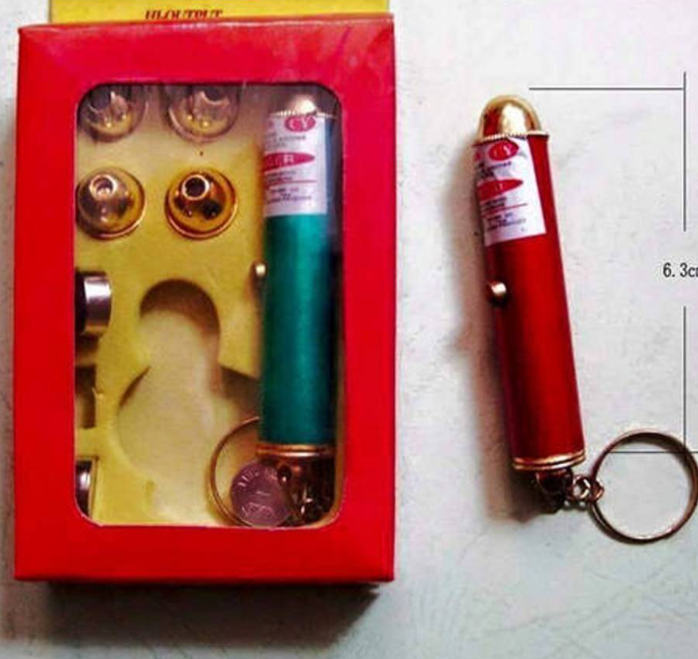
Toy laser lights may seem simple, but they’re powered by impressive technology. Let’s break down the mechanics behind these toys:
- Light Source: These toys use either a laser diode or an LED. While lasers produce a more focused beam, LEDs create broader light patterns. Lasers are typically used for toys that need to emit a concentrated beam, such as laser pointers or light sabers.
- Projector Lenses: Many laser toys come with rotating or static lenses that transform the light into different shapes, adding to the fun. For example, some laser toys can project stars, circles, or even cartoon images onto walls and ceilings.
- Power Supply: Most laser toys run on batteries or rechargeable battery packs, making them portable. This portability allows kids to play with them almost anywhere.
- Safety Considerations: Toy lasers are generally classified as Class 1 or Class 2, which are considered low-risk levels according to the International Electrotechnical Commission (IEC). However, even these low-powered lasers can be harmful if not used properly, particularly when pointed directly at someone’s eyes.
Common Types of Toy Laser Lights
From playtime to pet toys, laser lights come in a variety of forms:
- Laser Guns: These toys mimic the action of real guns by emitting a laser beam when the trigger is pulled. The beam is often used for “aiming,” making them popular for pretend battles.
- Spinning Tops with Lasers: As these tops spin, they project laser beams in multiple directions, creating a dazzling display of lights.
- Hand-held Light Sabers: Inspired by iconic characters like Luke Skywalker from Star Wars, these toys simulate the look and feel of a lightsaber using LED or laser light technology.
- Laser Projectors: Some toys create optical effects in open spaces, projecting images or patterns onto walls and ceilings.
- Laser Cat Toys: These toys emit a small laser dot for pets to chase, providing entertainment for both pets and their owners.
The Potential Risks of Toy Lasers
Despite their fun factor, toy laser lights can be dangerous if not used responsibly. Lasers work by creating a powerful beam of electromagnetic radiation that can cause serious harm, especially to the eyes. Here’s why toy laser safety is crucial:
- Eye Injuries: Even low-powered lasers can cause eye injuries if shone directly into someone’s eyes. Children may not understand the dangers, making it important for parents to supervise their use. Laser-related eye injuries can be severe, sometimes leading to permanent vision loss.
- Delayed Symptoms: Unlike other injuries, laser damage to the eyes may not cause immediate pain. Symptoms can appear gradually, making it harder to detect and address promptly.
- Reflective Hazards: A laser beam can reflect off shiny surfaces, such as mirrors, metal objects, or even polished light switches. This can redirect the beam unexpectedly, posing a risk to anyone in the vicinity.
FDA Safety Guidelines for Laser Toys
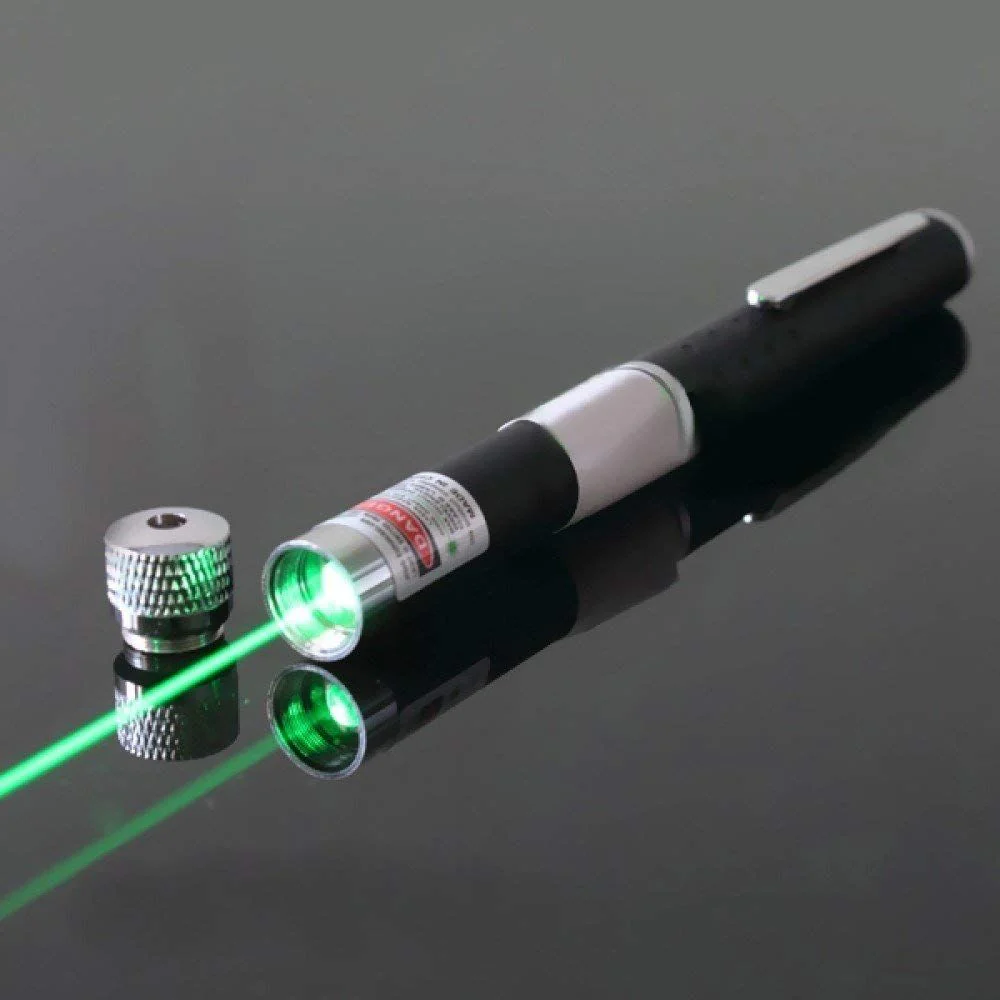
To minimize the risks associated with toy lasers, the FDA has established strict safety guidelines. Here’s what to look for when purchasing or using a laser toy:
- Check for Class 1 Labeling: Look for the IEC Class 1 label, which indicates the toy emits the lowest level of laser radiation. Products with this label are considered minimal risk.
- Avoid High-Powered Lasers: Any laser with a power level exceeding 5mW should not be used as a toy. These higher-powered lasers are designed for industrial or professional use, not for children.
- Proper Supervision: Always supervise children when they use laser toys to ensure they’re not shining the light into anyone’s eyes, including their own.
- Discard Broken Toys: If a laser toy breaks, dispose of it safely to prevent unintended exposure to higher levels of radiation.
Laser Pointers Are Not Toys
While laser pointers are often seen as handy tools for presentations, they should never be treated as toys. In recent years, laser pointers have increased in power, making them more dangerous if used improperly. Here’s why they’re not suitable for children:
- Higher Power Levels: Many laser pointers exceed the safe limits for children’s toys, often emitting more than 5mW of power.
- Misuse and Inappropriate Aiming: Kids may not fully understand the risks and could aim laser pointers at themselves, others, or even moving vehicles, which can be hazardous.
- Legal Consequences: Pointing a laser at an aircraft or vehicle is a federal crime, underscoring the potential dangers of misusing these devices.
Laser Safety Tips for Parents and Kids

To ensure safe play with laser toys, keep these essential tips in mind:
- Never aim a laser directly at anyone’s face, especially the eyes. Even a brief exposure to a laser beam can cause significant damage.
- Avoid aiming lasers at reflective surfaces, which can redirect the beam unexpectedly.
- Choose only low-powered laser toys (Class 1) and check for the appropriate safety labels before purchasing.
- Do not purchase laser pointers for children or allow them to use these devices as toys.
- Teach kids about the risks of laser exposure to help them understand why safety is important.
- If a laser toy malfunctions, discard it immediately according to local environmental guidelines.
- Report unsafe laser toys to the FDA if they exceed safety limits or do not have clear labeling.
Conclusion: Fun and Safety Go Hand in Hand
Toy laser lights can be an exciting addition to a child’s playtime, offering hours of fun and creative exploration. However, with great fun comes the need for responsible use. Ensuring the safety of children’s eyes, teaching proper handling, and selecting the right toys are essential steps in making laser play both enjoyable and risk-free.
By understanding how toy lasers work, following FDA guidelines, and emphasizing safety, parents can provide a safer play environment. So, the next time you think about buying a laser toy, remember—fun is always better when it’s safe!
